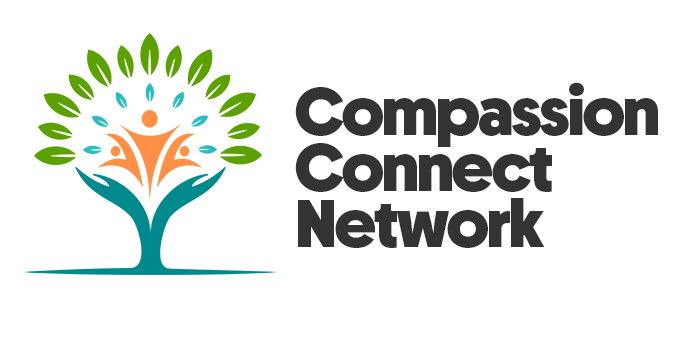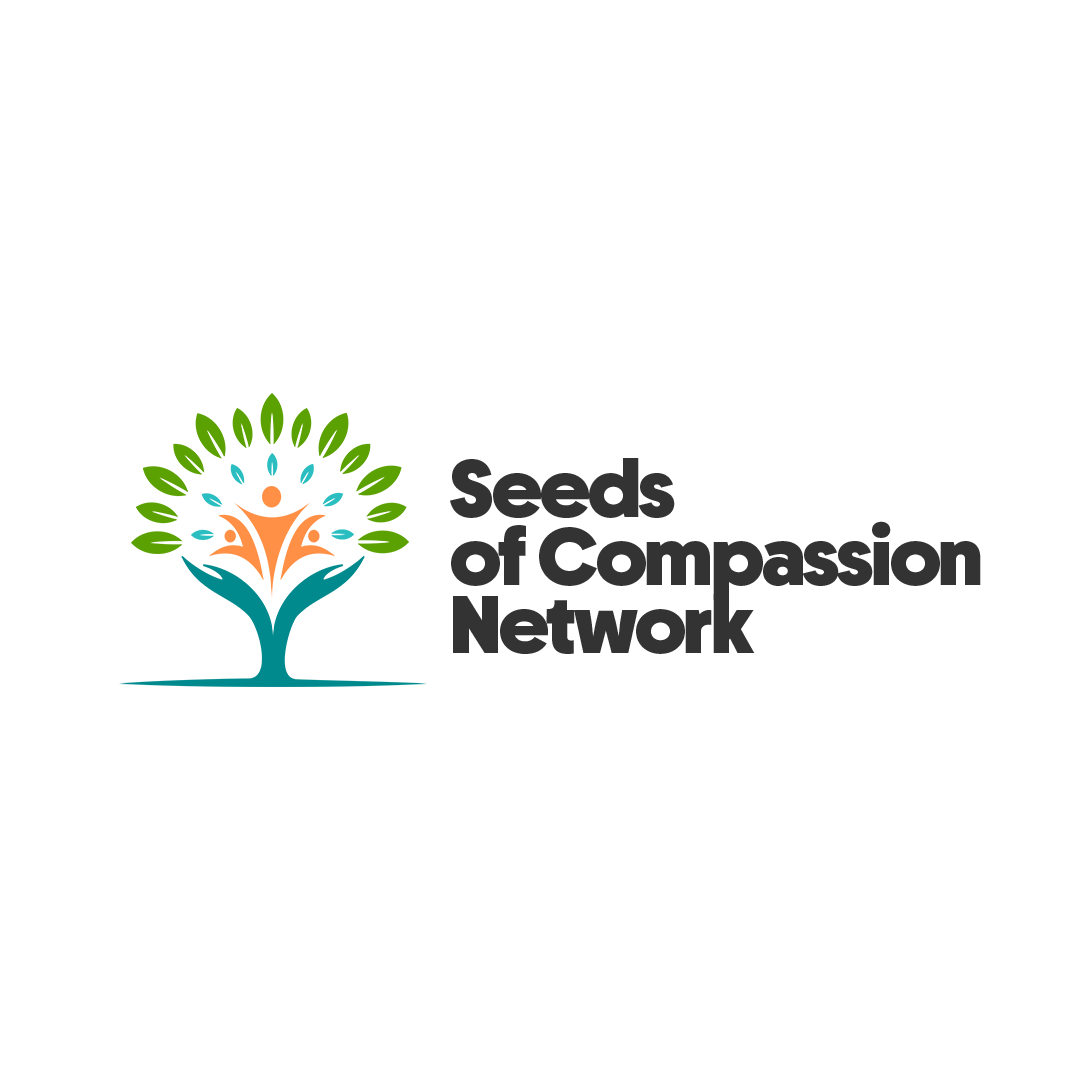- This event has passed.
Clean Water Access for Rural Communities
September 11, 2023 @ 8:00 am - 5:00 pm
Objective:
To provide sustainable access to clean and safe drinking water for rural communities through the installation of water filtration systems, rainwater harvesting, and education on water hygiene.
1. Needs Assessment
- Location & Community Analysis:
- Identify rural areas with limited access to clean water.
- Conduct surveys to understand water availability, quality, and health issues related to waterborne diseases.
- Engage with local authorities, community leaders, and families to assess needs.
- Key Problems:
- Lack of clean water sources.
- Contaminated local water sources.
- Limited infrastructure for water purification.
2. Solution Strategy
A. Installation of Water Filtration Systems
- Purpose: To provide access to clean drinking water.
- Actions:
- Install community-level water filtration systems in schools, clinics, and communal areas.
- Use affordable and eco-friendly technologies like solar-powered filtration systems.
- Work with local suppliers or NGOs experienced in water filtration for cost-effective systems.
B. Rainwater Harvesting Systems
- Purpose: To provide an alternative water source in areas where groundwater is scarce or unreliable.
- Actions:
- Set up rainwater collection systems on rooftops.
- Implement water storage tanks that can hold large amounts of water during rainy seasons.
- Ensure the water is filtered and safe for drinking and use.
C. Education and Training
- Purpose: To raise awareness about water hygiene, water conservation, and maintenance of water systems.
- Actions:
- Conduct workshops for community members on how to store, purify, and conserve water.
- Educate families, schools, and local leaders about the importance of handwashing, sanitation, and using clean water sources.
- Collaborate with local schools for educational campaigns targeting children.
3. Community Engagement and Ownership
- Involvement of Local Community:
- Form a local water management committee to oversee the installation, maintenance, and monitoring of water systems.
- Provide training to local people on how to repair and maintain the water systems.
- Encourage local ownership of the water solutions to ensure sustainability.
4. Monitoring and Evaluation
- Continuous Monitoring:
- Install water quality monitoring systems to check the effectiveness of the filtration and rainwater systems.
- Measure the impact on community health by tracking the reduction in waterborne diseases.
- Evaluation:
- Conduct regular surveys with the community to assess the impact of the water systems.
- Gather feedback and improve the systems based on local needs and challenges.
5. Sustainability and Scalability
- Sustainable Financing:
- Seek funding from government bodies, private companies, or international donors for the initial setup and ongoing maintenance.
- Develop a small user fee or subscription model to cover the costs of maintenance, repair, and upgrades.
- Scalability:
- Once successful in one community, expand the model to other rural areas.
- Create a toolkit for easy replication of the project in similar regions.
6. Budget Estimate
- Initial Setup:
- Cost for water filtration systems (depends on the number of units and type of system).
- Cost of rainwater harvesting systems, storage tanks, and installation.
- Educational materials, workshop facilitation, and training costs.
- Ongoing Costs:
- Maintenance and repair of systems.
- Salaries for local water system management staff.
- Water quality monitoring and community engagement.
7. Partnerships
- Local Governments & Authorities: Partner with local municipalities to ensure alignment with public health policies.
- Health Organizations: Work with health NGOs for hygiene education and disease prevention.
- Private Sector Partners: Collaborate with companies in the water and sanitation sector for equipment donations or expertise.
8. Impact Measurement
- Health Improvement: Track the reduction in waterborne diseases (e.g., cholera, dysentery).
- Water Access: Measure the increase in the number of households with access to clean, potable water.
- Community Engagement: Assess the active involvement of the community in maintaining the water systems.




